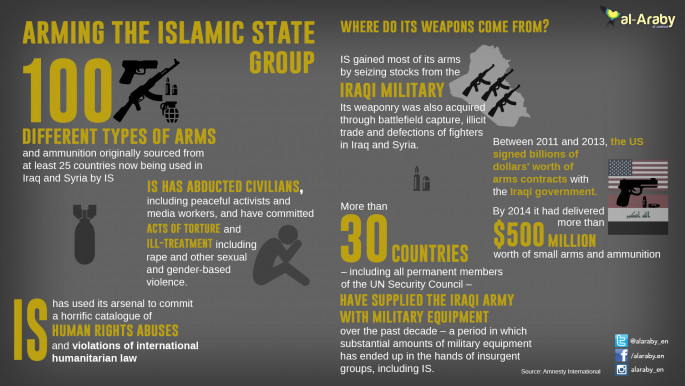Syrian Democratic Forces: Washington and Moscow's Kurdish strike force
The US and Russia both appear to be betting on Kurdish forces defeating the Islamic State group in Syria, leaving the moderate Syrian rebels in the cold.
Washington and Moscow are both enabling Kurdish-led attacks on Syrian rebels, with the Syrian regime not far behind.
It comes barely four months after the Kurdish-led Syrian Democratic Forces (SDF) was formed.
The military formation is dominated by the Kurdish People's Protection Units (YPG), and they now control most of Hassakeh province in north-eastern Syria, northern Raqqa province and large parts of the northern and eastern Aleppo countryside.
The rapid expansion of the SDF, which includes in its ranks factions that previously came together to fight IS in eastern and northern Syria, has raised many questions.
They have effectively eliminated IS presence in most of Hassakeh province, especially in the east and west, and SDF ground forces have benefited hugely from US-led coalition air support.
They have been able to hold on to these areas so far, including the strategically important towns of Tal al-Abyad in Raqqa province and Ain al-Arab/Kobani in Aleppo province, which was seized by the YPG last year.
Recent developments in the Aleppo countryside, however, have highlighted the threat posed by the SDF to Syrian rebels. Both Jaish al-Thuwwar and the YPG, which are part of the SDF, have been attacking opposition-held areas in northern Aleppo, amid US silence and Russian support.
The worst thing is that these attacks took place in parallel with regime assaults under Russian air cover since the beginning of this month, inflicing heavy losses on the rebels.
This allowed the SDF to control the Menagh airbase as well as towns like Tal Rifaat and a string of nearby villages near the Turkish border, hitherto under the control of the armed Syrian opposition in Aleppo.
But it is not just Russia that is supporting the SDF against rebel factions.
 |
| [click to enlarge] |
The US has consistently requested Turkey to stop shelling Kurdish YPG forces in Aleppo.
The SDF apparently enjoys the confidence of the US, it seems, having proven its credentials in fighting IS - the elimination of which, rather than the defeat of the regime - is a top priority for Washington today.
The Kurdish forces such as the YPG and its allies in the SDF rarely, if ever, fought regime forces, which remain in control of Hassakeh city and half of the city of Qamishli in the north.
The YPG even fought side-by-side with regime forces during the IS offensive in Hassakeh in August.
In truth, the formation of the SDF helped the US make up its mind. Washington chose to arm the Kurdish-dominated group as the main strike force over arming Syrian rebels against IS.
Washington sent dozens of military advisers to areas controlled by the SDF in the Hasakkeh countryside and Kobani after the victory over IS there and in other areas.
Last month, the SDF captured Tishrin Dam along the Euphrates, allowing fighters to cross it for the first time to the west bank, thereby crossing a Turkish red line against Kurdish advances.
The SDF seems to be biding its time at present, awaiting a green light to attack the last remaining rebel strongholds in northern Aleppo.
Its operations have slowed down after Turkish shelled YPG forces and mobilised troops along the border with Syria.
However, operations into rebel territories earlier this month highlight a land grab by the Kurdish-led group in areas of northern Syria outside IS territories.





 Follow the Middle East's top stories in English at The New Arab on Google News
Follow the Middle East's top stories in English at The New Arab on Google News


